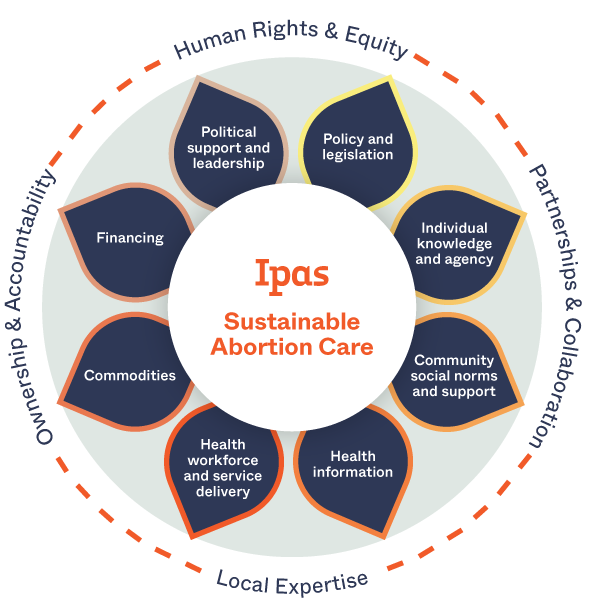Last reviewed: September 22, 2022
Recommendation:
- Bimanual examination must be performed before any procedure in which instruments are being placed in the uterus, such as vacuum aspiration or intrauterine device insertion.
- The bimanual examination must be performed by the clinician doing the procedure.
Strength of recommendation: Strong
Quality of evidence: Very Low
Importance of bimanual examination
Bimanual examination is a routine step before intrauterine procedures recommended by the World Health Organization (WHO, 2014). It provides information about the client’s comfort, pregnancy status, gestational age, presence of infection, anatomic abnormalities and uterine position, all of which affect management of intrauterine procedures. Ultrasound can additionally be performed but is not a replacement for bimanual examination before intrauterine procedures.
Determining uterine size
Uterine size can be assessed using bimanual examination. In cases where last menstrual period (LMP) is known, bimanual examination can confirm gestational age assessment based on LMP. When LMP is not certain, bimanual examination can offer an estimate of gestational age based on uterine size (See section 3.2 Recommendations for abortion before 13 weeks: Gestational dating). Medical regimens for abortion and postabortion care change based on the gestational age or uterine size. Techniques for vacuum aspiration and dilatation and evacuation, including instrument choice and need for cervical preparation, depend on accurate knowledge of uterine size.
Determining uterine position
The position of the uterus in the pelvis, orientation of the fundus to the cervix and firmness of the uterus are best determined with bimanual examination. Knowledge of uterine position assists providers in avoiding complications, particularly perforation, during procedures (Chen et al., 1995; Mittal & Misra, 1985; Nathanson, 1972).
Resources
Abortion Care Videos- Ipas: Dating a Pregnancy
Steps for performing manual vacuum aspiration using the Ipas MVA Plus® and EasyGrip® cannulae – Ipas
References
Chen, L. H., Lai, S. F., Lee, W. H., & Leong, N. K. (1995). Uterine perforation during elective first trimester abortions: A 13-year review. Singapore Medical Journal, 36(1): 63-67.
Mittal, S., & Misra, S. L. (1985). Uterine perforation following medical termination of pregnancy by vacuum aspiration. International Journal of Gynecology and Obstetrics, 23(1): 45-50.
Nathanson, B. (1972). Management of uterine perforations suffered at elective abortion. American Journal of Obstetrics & Gynecology, 114(8): 1054-9.
World Health Organization. (2014). Clinical practice handbook for safe abortion. Geneva: World Health Organization Press.
